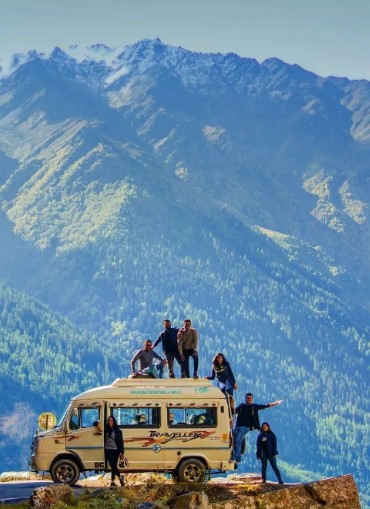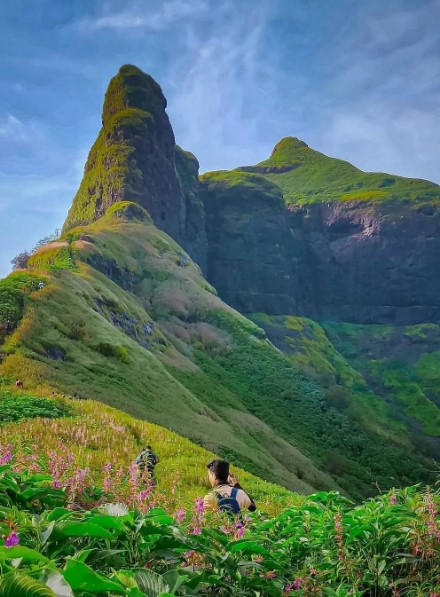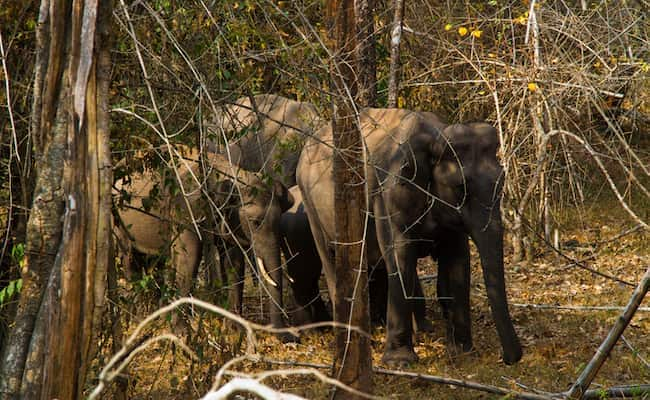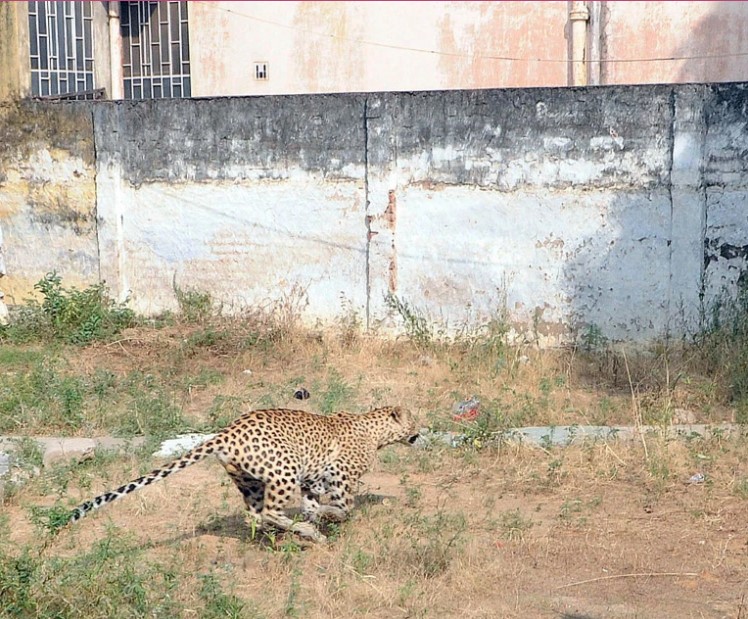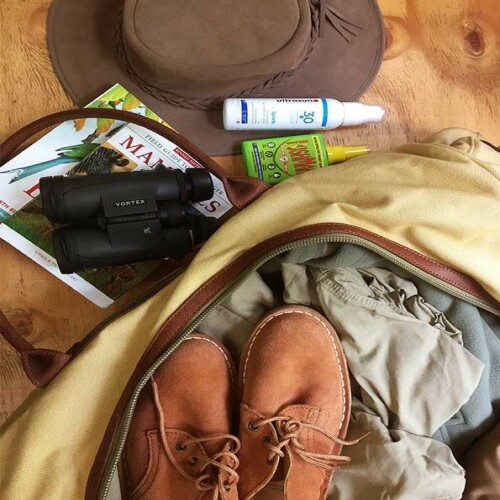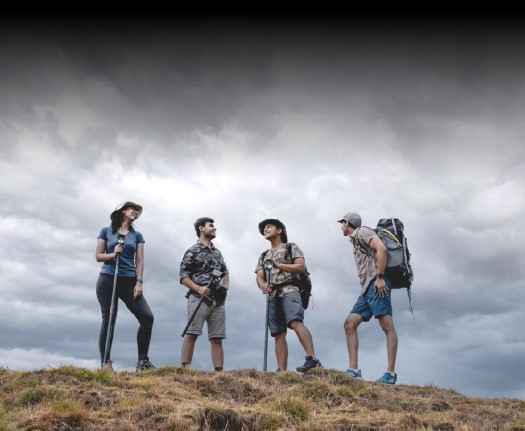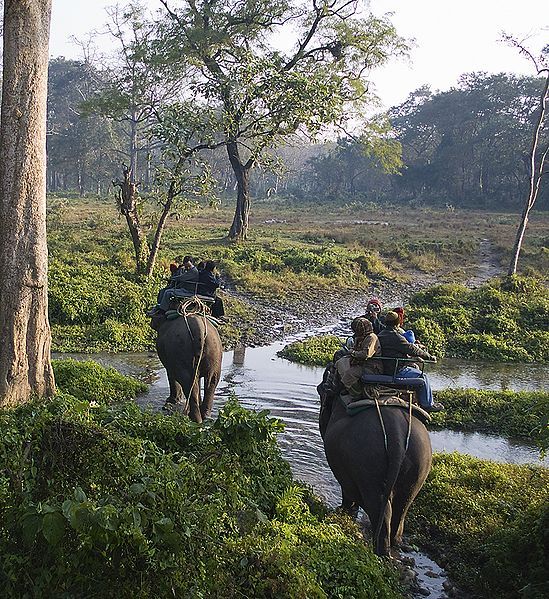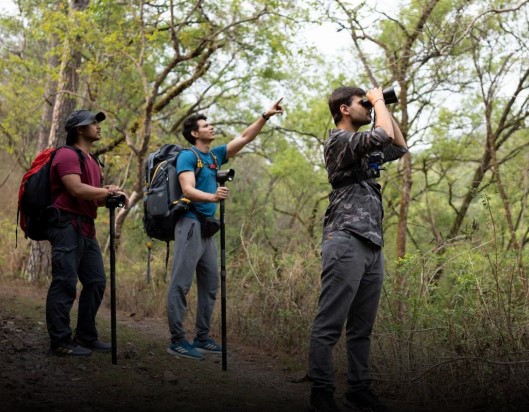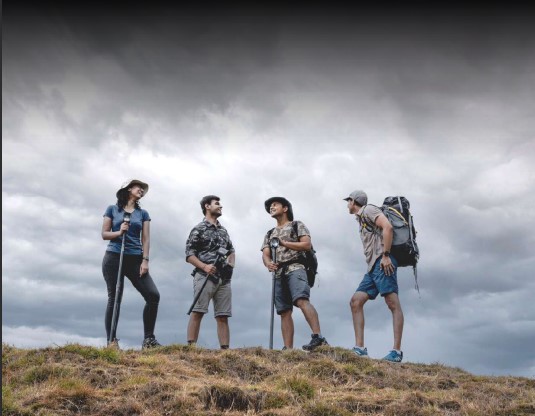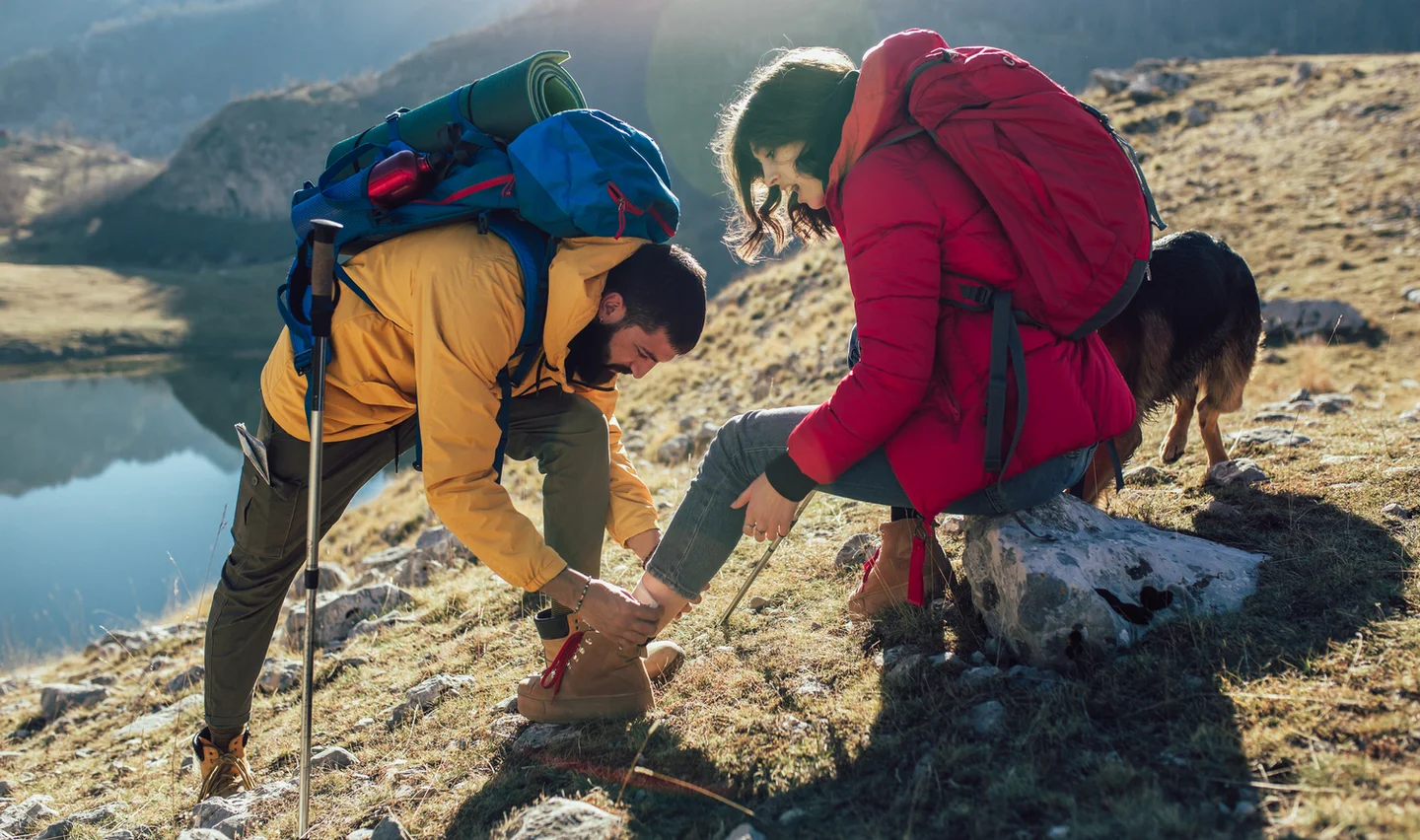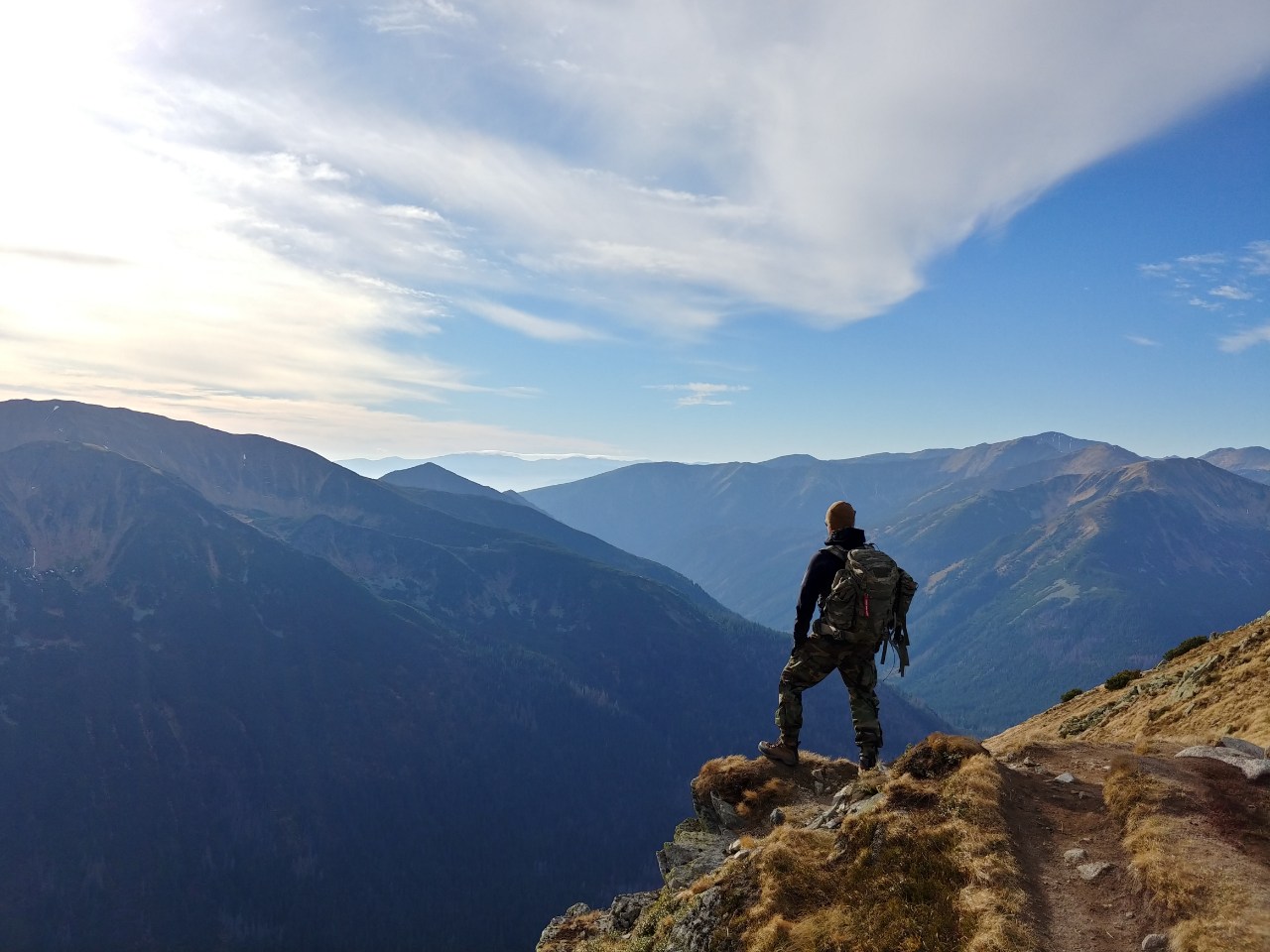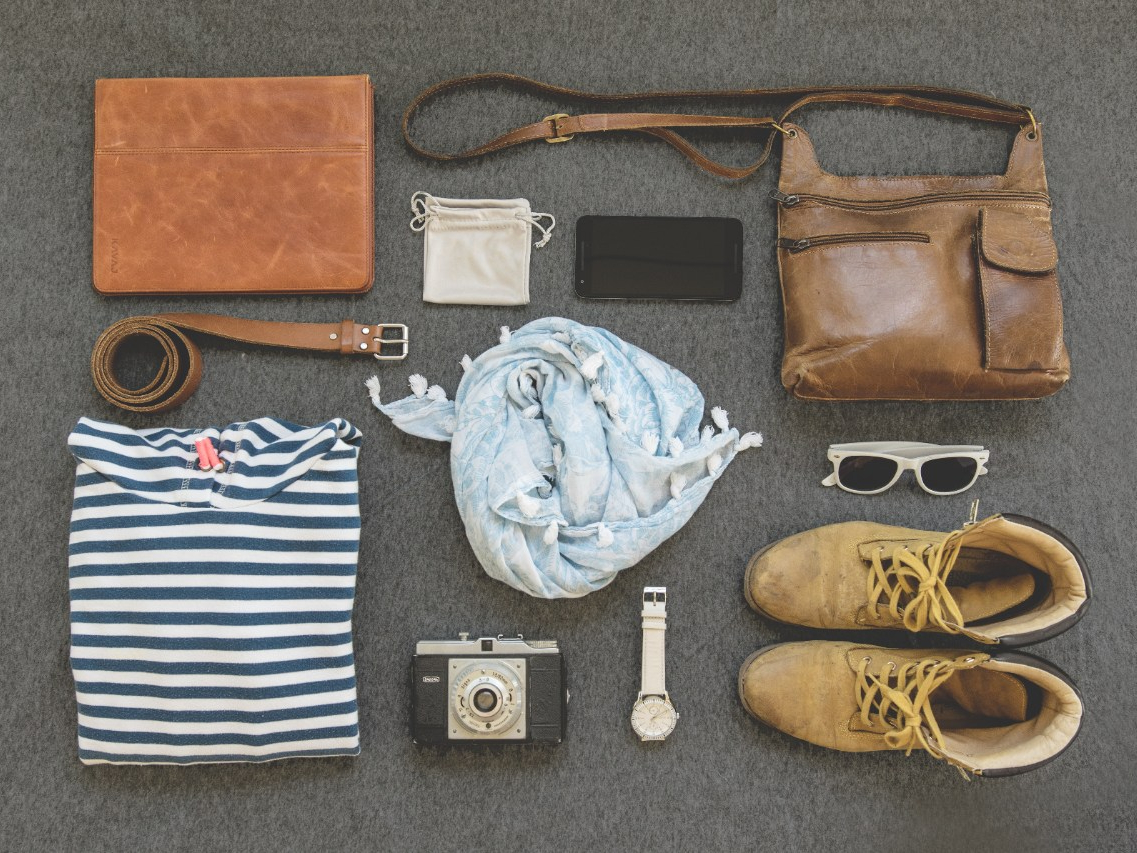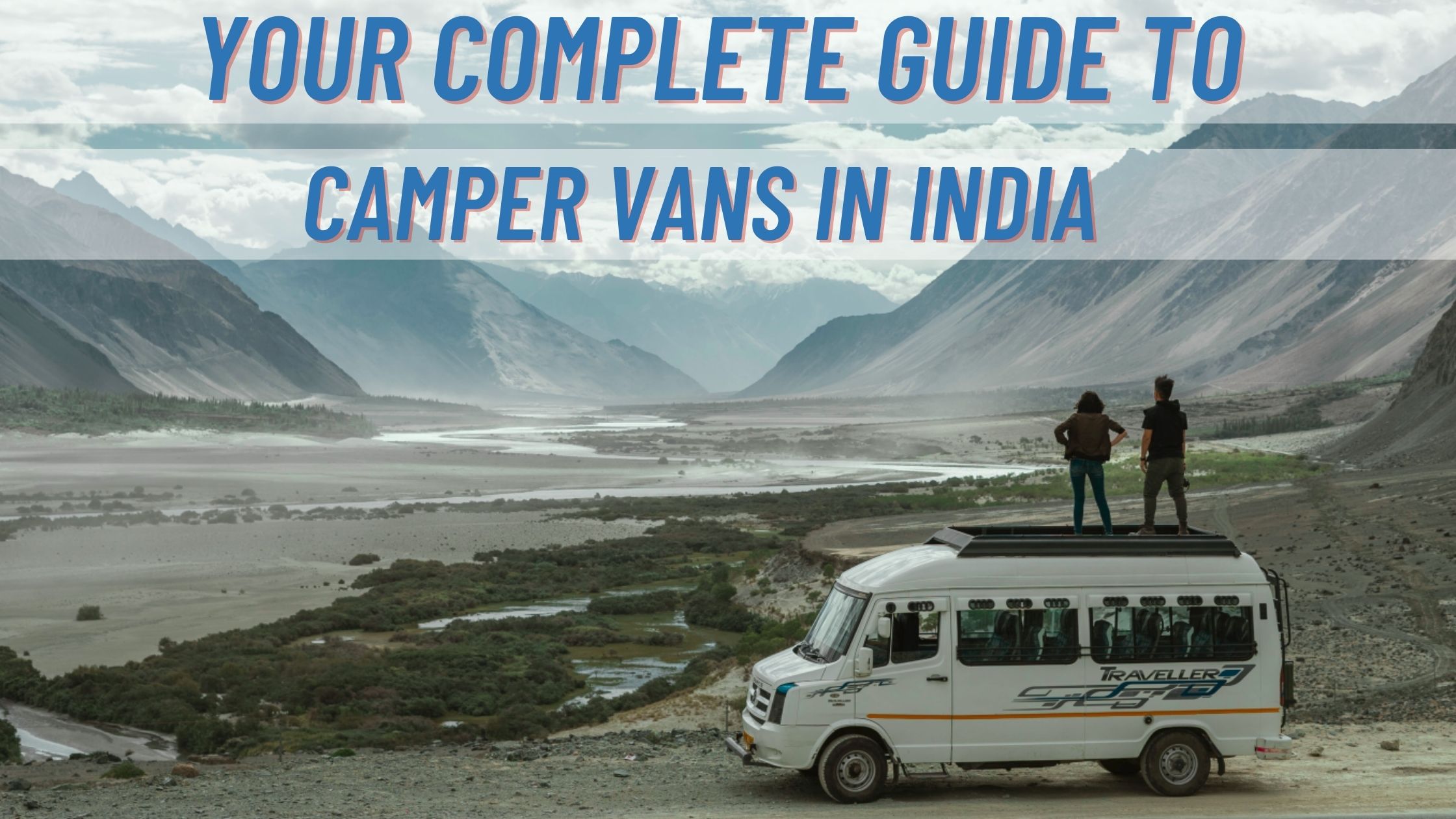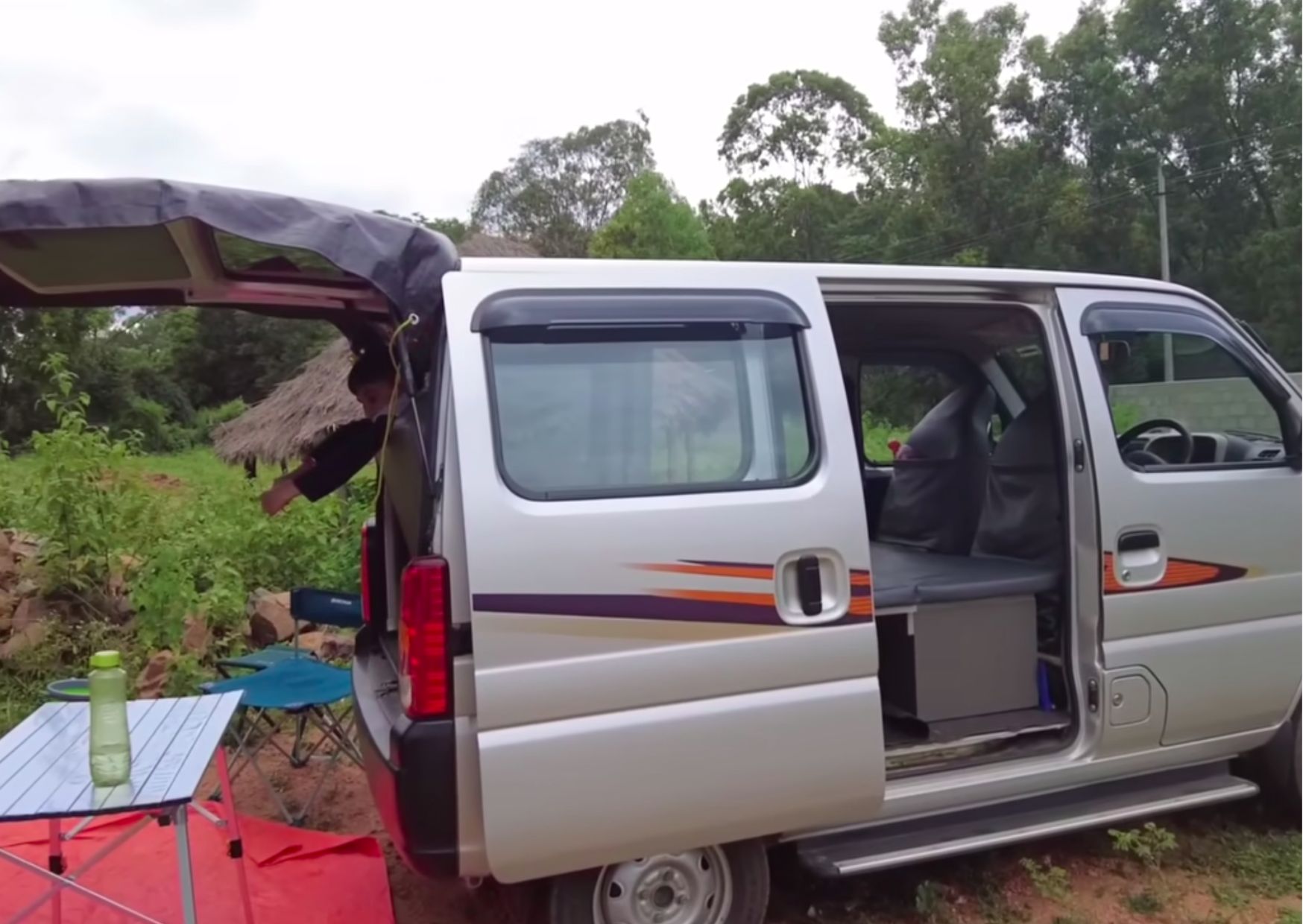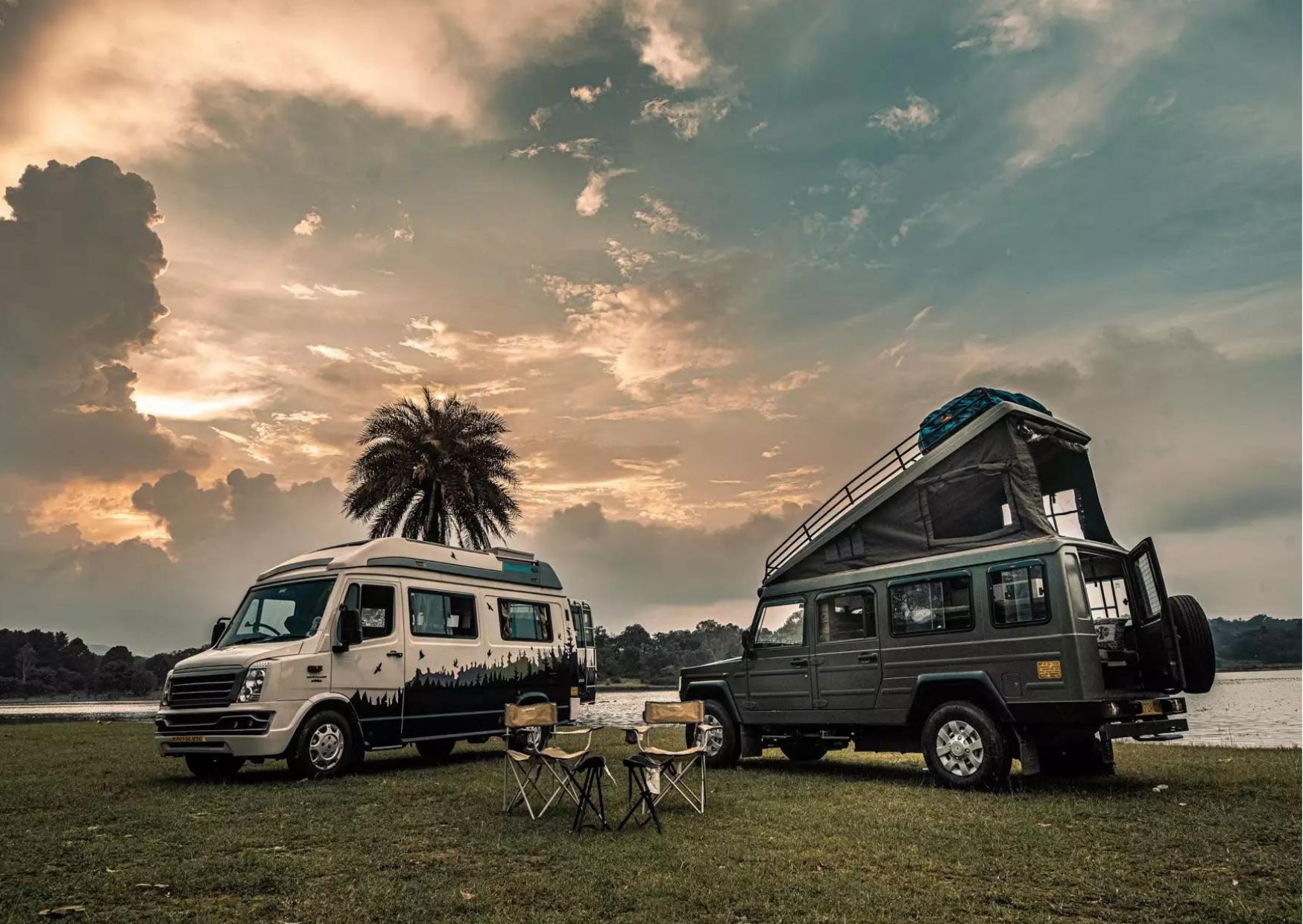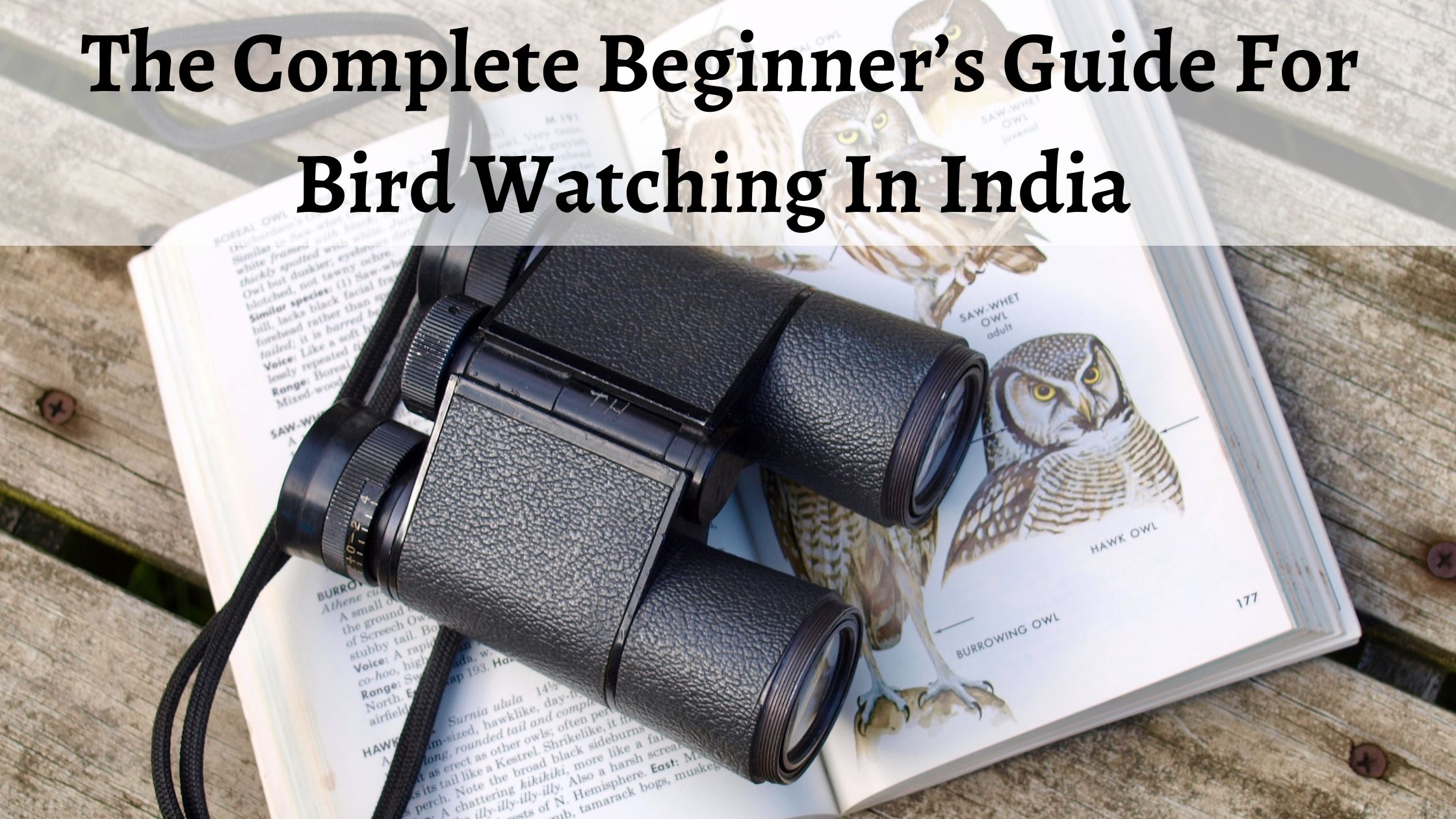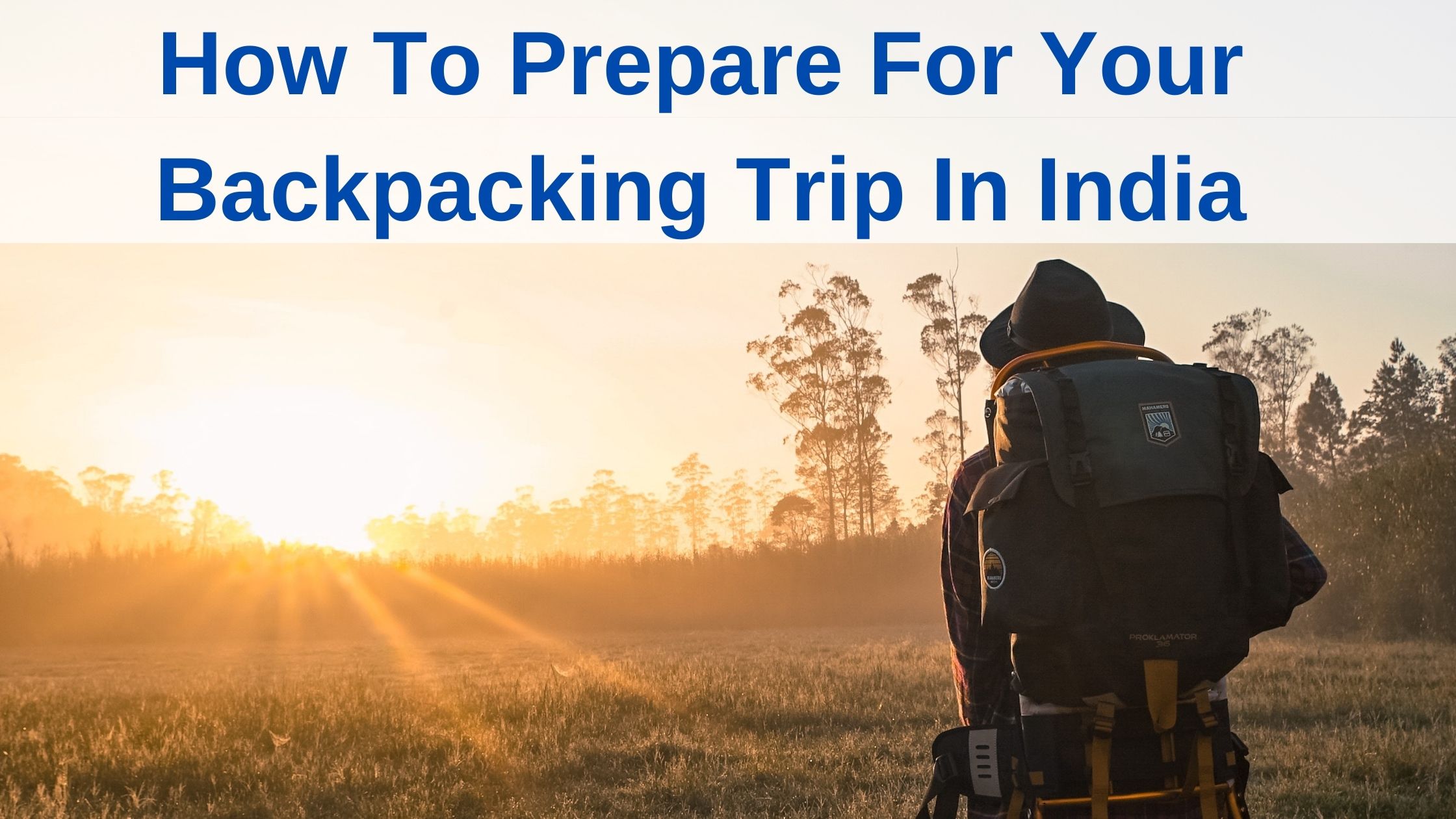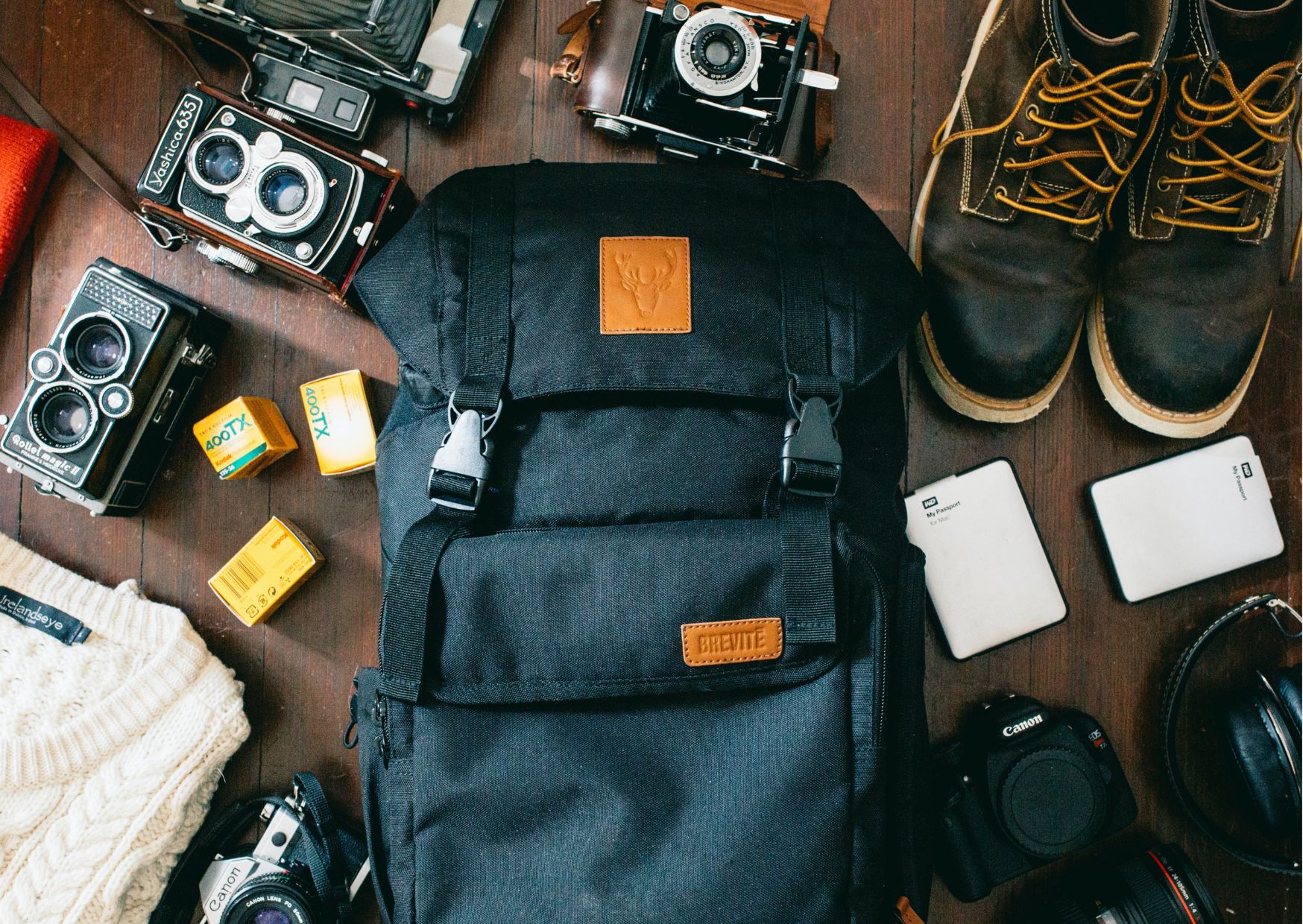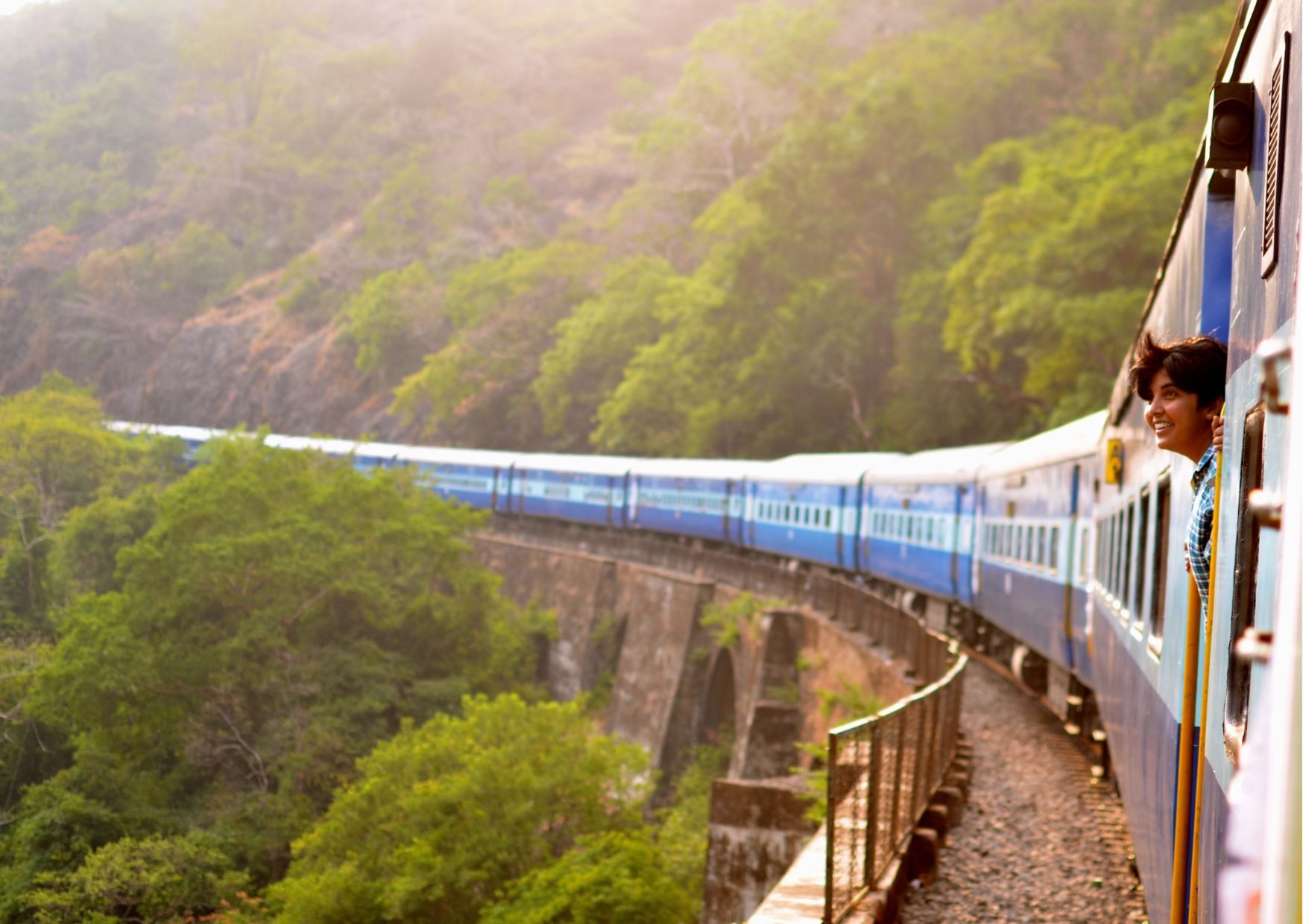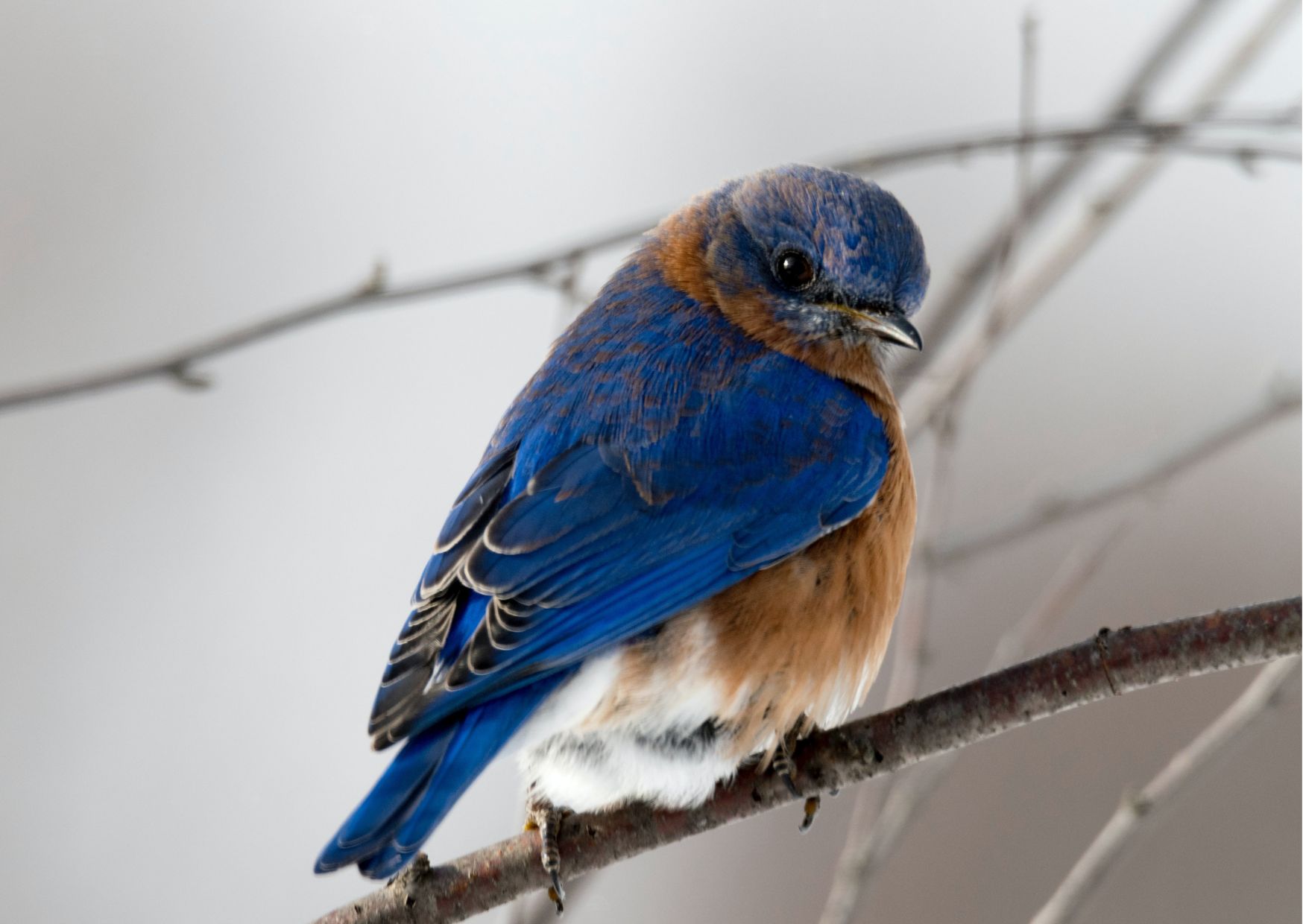Embarking on your first trekking adventure can be both thrilling and daunting, especially if you’re new to the world of trekking. The idea of venturing into the wilderness, navigating unfamiliar terrains, and facing the unknown can create a sense of apprehension. But fear not, as our Trekking Tips are here to ease your concerns and guide you through this exciting journey. With our expert advice and practical insights, you’ll gain the confidence and knowledge to overcome any challenges that come your way. Let’s dive in and discover the wonders of trekking together.
Trekking Tips for Beginners

“To sit in the shade on a fine day and look upon the verdant green hills is the most perfect refreshment.” – Jane Austen
Table of Contents
1. Take Guidance
To start hiking as a beginner, it’s beneficial to join experienced hikers. Ask friends or family for a beginner-friendly trail or search for local hiking groups or clubs in your area. Joining these groups offers valuable guidance and support while making your hiking experience enjoyable and safe. Connect with fellow hikers to embark on your exciting hiking journey together!
2. What To Wear For Hiking
When it comes to hiking, choosing the right clothing is crucial for comfort and enjoyment. Here are a few key considerations to keep in mind.
- Opt for breathable fabrics: Choose fabrics like polyester or nylon blends that have moisture-wicking properties to keep sweat away from your body. Look for materials labeled as “breathable” or “quick-drying” to ensure comfort during your hike.
- Dress in layers for changing weather: Layering is key to adapting to changing weather conditions. Start with a moisture-wicking base layer, add an insulating mid-layer for cooler temperatures, and top it off with a lightweight, waterproof outer layer to protect you from rain or wind.
- Wear comfortable hiking shoes or boots with good traction: Invest in hiking footwear that provides ample support and cushioning. Look for shoes or boots with rugged soles and deep lugs for excellent traction on various terrains.
- Don’t forget sun protection: Wear a wide-brimmed hat to shield your face and neck from the sun’s rays. Apply sunscreen with a minimum SPF (Sun Protection Factor) of 30 or higher to exposed skin, and reapply as directed to protect against harmful UV radiation.
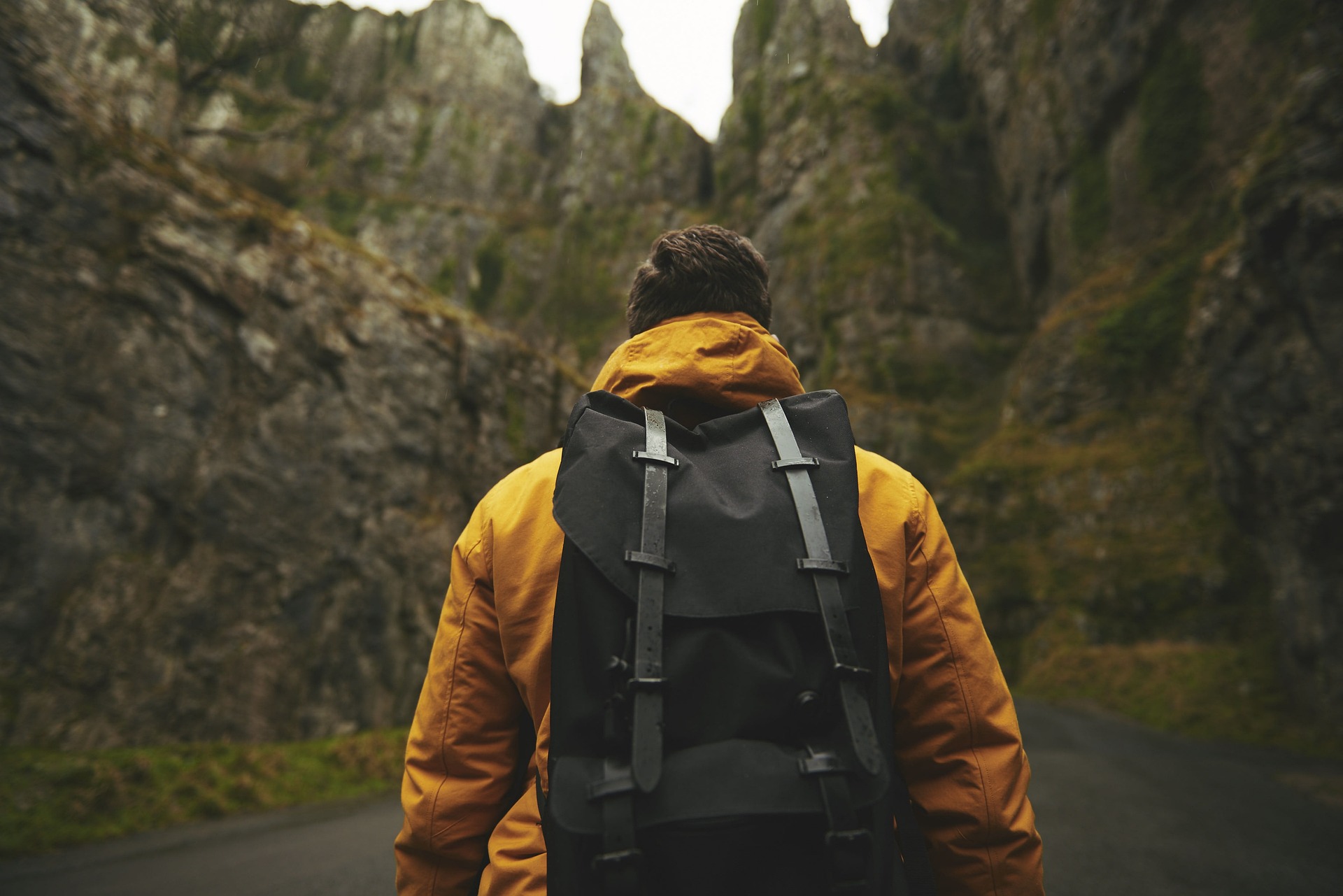
you’ll have a comfortable and enjoyable experience on the trails.
3. Choose A Hiking Route
Choosing the right hiking route is crucial for an enjoyable and safe experience. Determining the level of difficulty for a hiking route is essential to ensure a safe and enjoyable experience. Here’s how you can assess the difficulty level:
- Evaluate your fitness level: Consider your physical fitness and endurance when selecting a hiking route. Be honest with yourself about your capabilities and choose a trail that aligns with your fitness level.
- Research trail details: Look into the specifics of the trails in your area. Consider factors like trail length, elevation gain, terrain type (rocky, steep, flat), and any challenging sections. This information can usually be found in trail guides, websites, or hiking apps.
- Consider trail features: Take note of any notable features on the trail, such as waterfalls, scenic viewpoints, or technical sections. These features can add excitement and difficulty to the route.
- Check the weather forecast: Be aware of the weather conditions expected during your hike. Inclement weather can significantly impact trail difficulty, especially in rugged or exposed areas. Plan accordingly and be prepared for any weather changes.
- Inform someone about your plans: Before heading out, let a trusted person know about your hiking plans. Share details like the trail you’re taking, the estimated duration, and when you expect to return. This ensures someone is aware of your whereabouts and can alert authorities if needed.
4. Essential Items
Always bring essential hiking items, including a map, compass (or GPS), plenty of water, energy-rich snacks, and a well-stocked first aid kit. These items are crucial for navigation, sustenance, and handling any emergencies that may arise.
5. Ensure Your Safety
When you’re out exploring nature, your safety is of utmost importance. From unexpected encounters with wild animals to challenging terrains, being prepared for any situation is crucial. That’s where the Smart Stick Guardian comes in. When it comes to choosing a protection gadget, our product, the Smart Stick Guardian, is a game-changer. It’s a personal protection gadget designed for adventurers. The Smart Stick Guardian eliminates the need to carry multiple safety devices.
6. Foods For Trekking
When it comes to trekking, choosing the right foods is crucial for sustaining energy and endurance. Incorporating traditional Indian snacks can provide a taste of home while offering essential nutrients. Opt for lightweight and non-perishable options like roasted chana (chickpeas), makhanas (fox nuts), and trail mixes with dried fruits and nuts. These snacks offer a good balance of carbohydrates, protein, and healthy fats. Additionally, include protein-rich items like chana masala (spiced chickpeas), paneer tikka (grilled cottage cheese), or lentil-based dishes like dal. These foods provide sustained energy and help in muscle recovery. Stay hydrated by carrying refreshing nimbu pani (lemonade) or jal jeera (cumin-flavored water). Don’t forget to include fresh fruits like mangoes or oranges, which provide essential vitamins and hydration. By incorporating these Indian food options, you can enjoy familiar flavors while nourishing your body for a memorable trekking experience.

Conclusion
By following these trekking tips for beginners, you can ensure a safe and enjoyable hiking experience. From joining experienced hikers and dressing appropriately to choosing the right hiking route and fuelling your body with nutritious foods, you’ll be well-prepared for your trek. Remember to stay hydrated, carry essential items, and consider using the Smart Stick: Guardian for added safety. So gear up, explore the trails, and have an amazing trekking adventure!
Related Articles
Check out Kyari for more trekking tips and exciting content.
Shop Smart Stick
Shop your Smart Stick here !!

